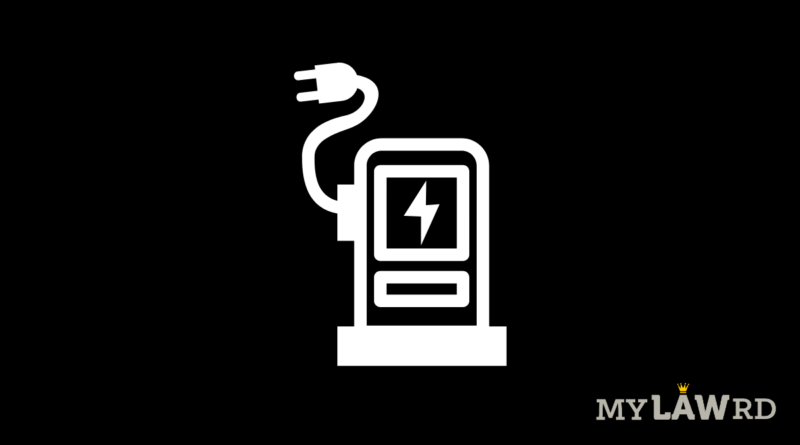NITI Aayog releases handbook on EV Charging Infrastructure in India
The National Institute of Transforming India (NITI Aayog) today launched a handbook for the establishment of electric vehicle (EV) charging infrastructure networks in India. The handbook will assist state governments and local governments in developing policies and standards to establish such networks.
NITI Aayog, Ministry of Power (MoP), Department of Science and Technology (DST), Bureau of Energy Efficiency (BEE), and World Resources Institute (WRI) India have jointly prepared this handbook. The objective of implementing such infrastructure is to improve charging infrastructure and speed up the country’s transition to electric mobility.
The Handbook
As per the official release, the handbook offers a systematic and holistic strategy for adoption by implementing authorities and other stakeholders engaged in the development, approval, and implementation of EV charging infrastructure.
It provides an overview of the technological, legislative, and governance frameworks that are required to make EV charging more convenient. The handbook also focuses on the current needs of charging infrastructure development while taking into account the sector’s developing nature.
Dr. Rajiv Kumar, Vice Chairman, NITI Aayog said regarding the handbook:
The transition to electric mobility is a global strategy in the fight against climate change, on which India has expressed ambitious aspirations.”
He further added that the handbook addresses the common challenges being faced by different local authorities in implementing EV charging networks. It serves as a starting point for the peer-to-peer exchange of best practices between states and local bodies.
Discom’s Role in implementing EV Infrastructure
For discoms, EV charging is a new sort of electricity demand. It will be critical in ensuring a continuous power supply to charging stations and ensuring that the electrical distribution network has the ability to meet the rising demand.
At the event, Alok Kumar, Secretary, Ministry of Power stated the following:
The Ministry of Power and it’s Central Nodal Agency for the establishment of Charging Infrastructure for EVs in India are working closely with DISCOMs and State agencies in overcoming barriers to charging infrastructure implementation, for which this handbook will be greatly helpful.”
The minister further stated that benefits from the transition towards e-mobility will become more significant in the coming years.
While the Ministry of Power has established a national goal of having at least one charging station for every 3*3 grid or every 25 kilometers on a highway, it is up to urban local governments or state nodal agencies to define more specific goals and objectives. The manual is aimed largely at implementing authorities like municipal corporations and public utilities, but it also includes regulatory measures that can help make the process of building charging infrastructure even easier.
The handbook was prepared with support from the Ministry of Housing and Urban Affairs, Ministry of Environment, Forest and Climate Change, and Department of Heavy Industry.
You can read the handbook here.
Do subscribe to our Telegram channel for more resources and discussions on tech-law. To receive weekly updates, don’t forget to subscribe to our Newsletter.

